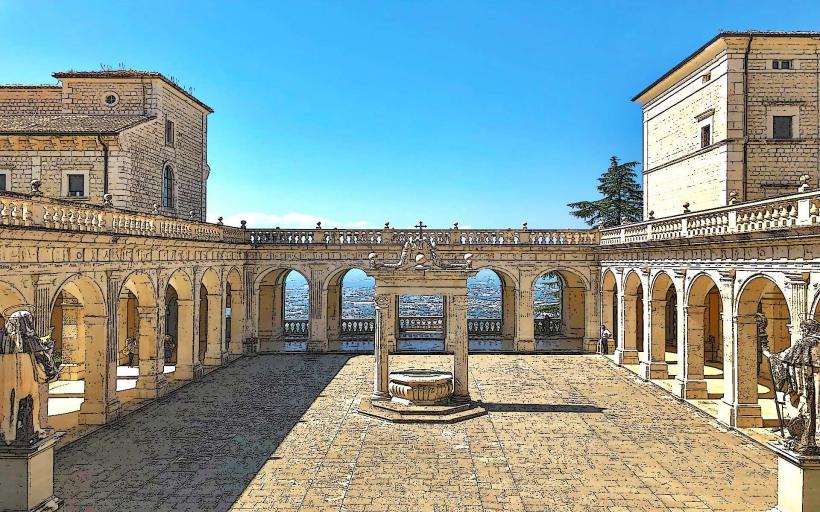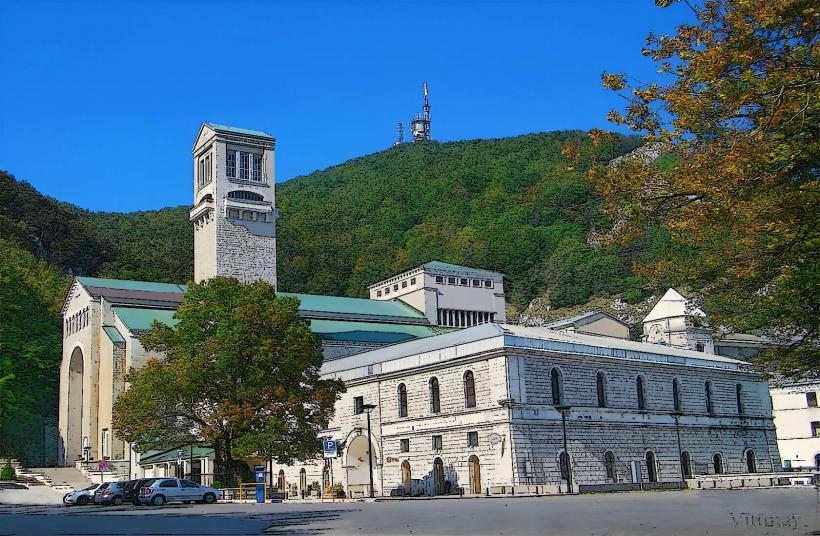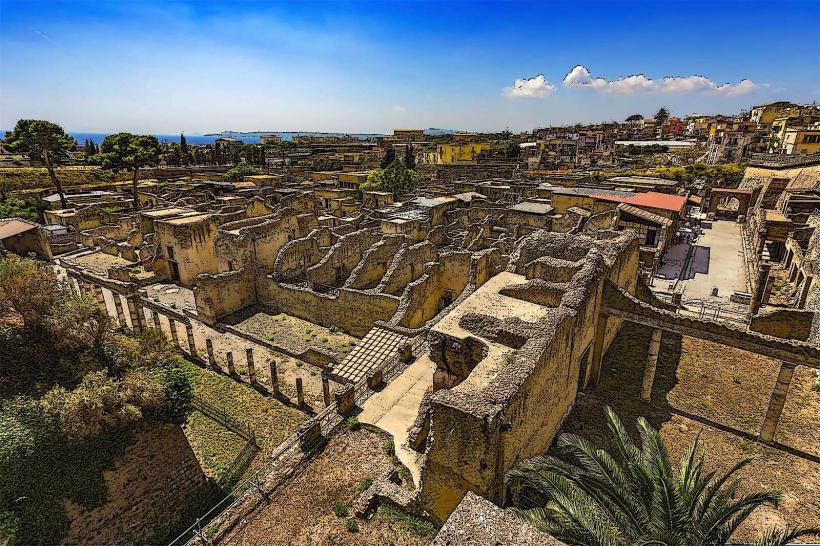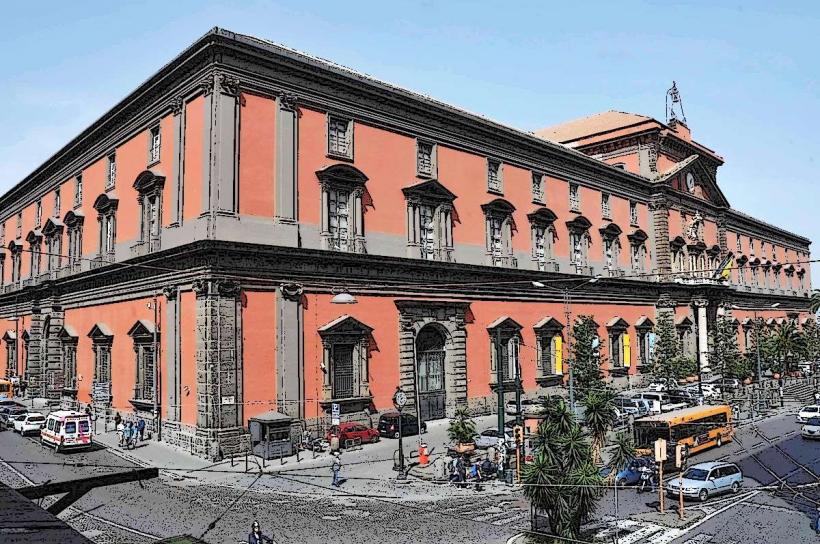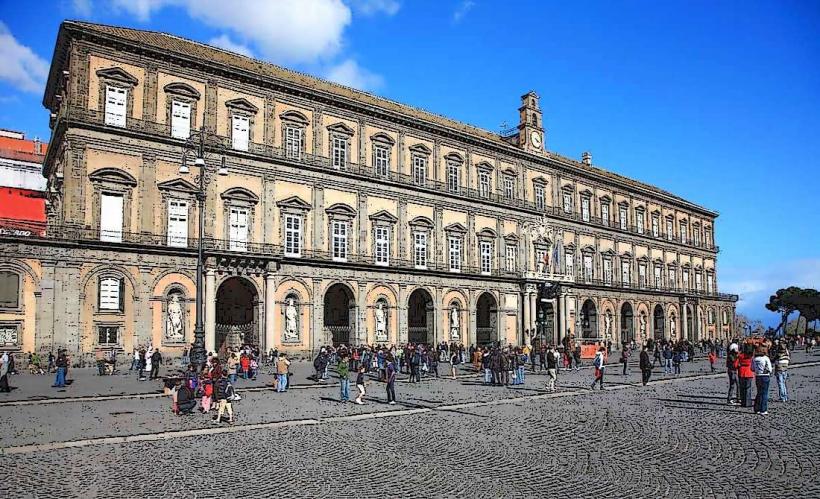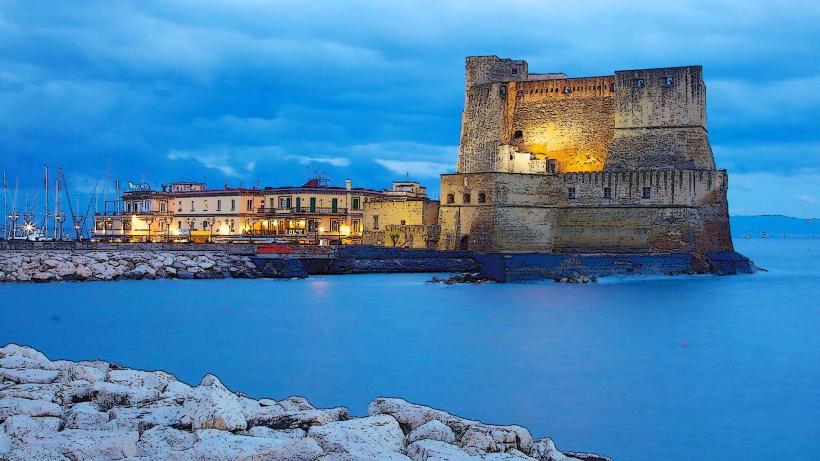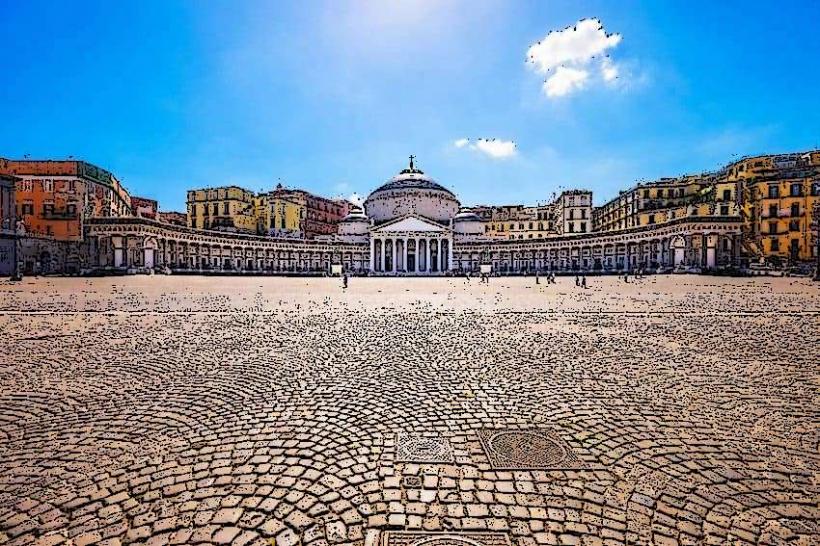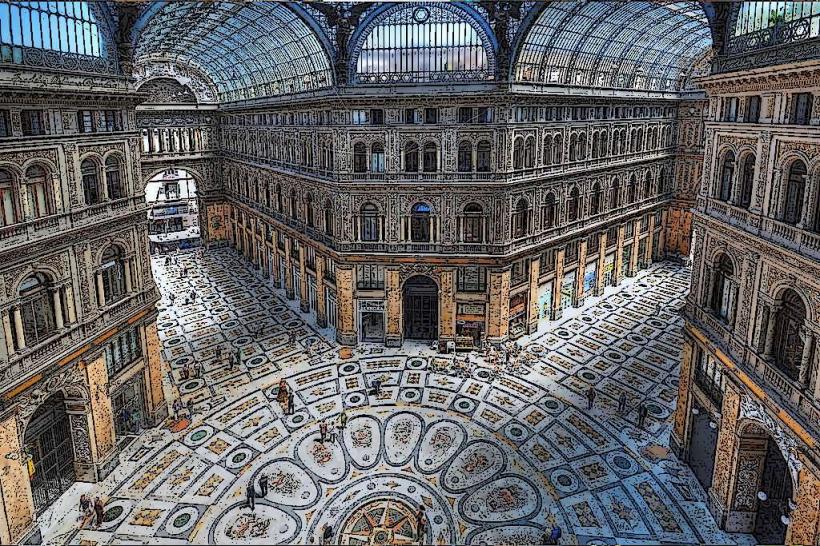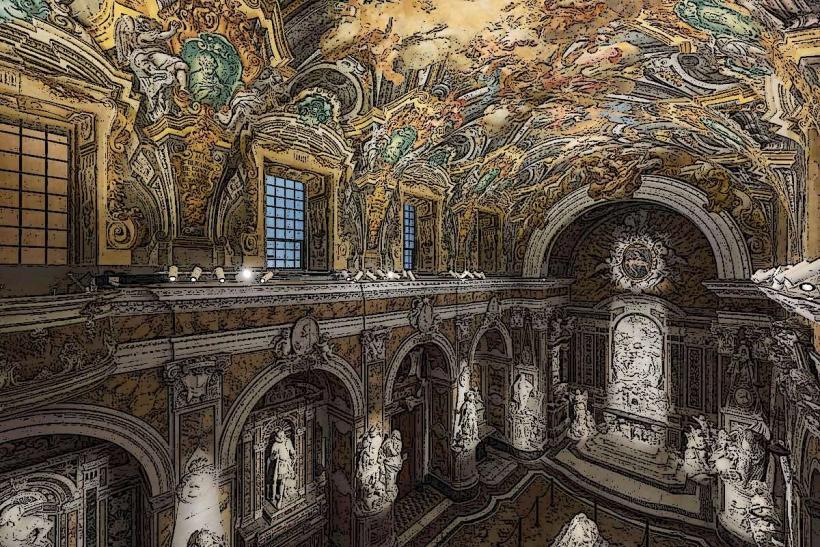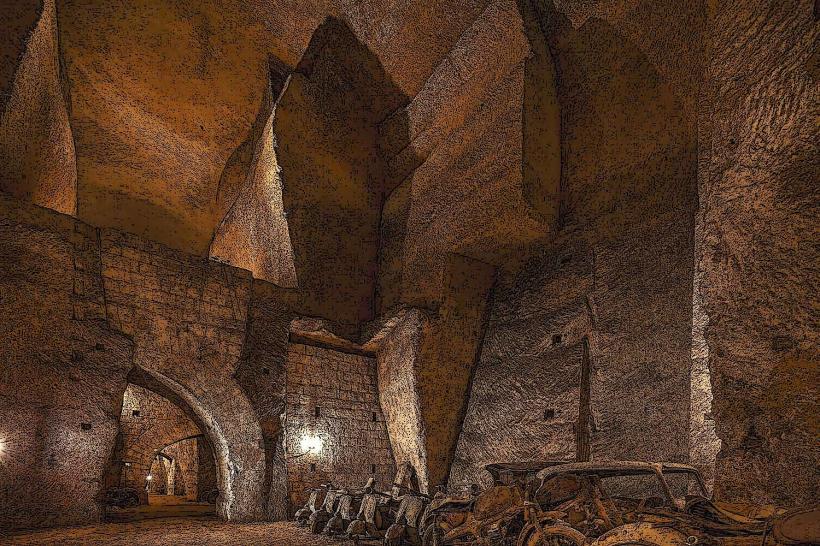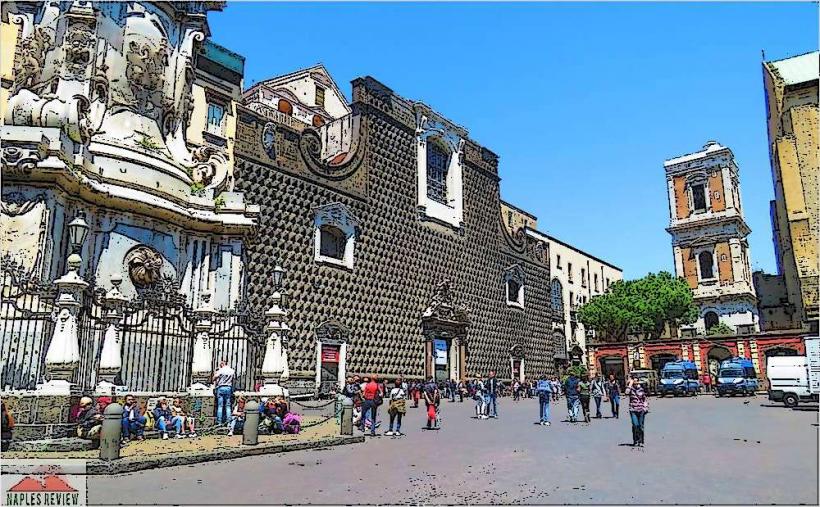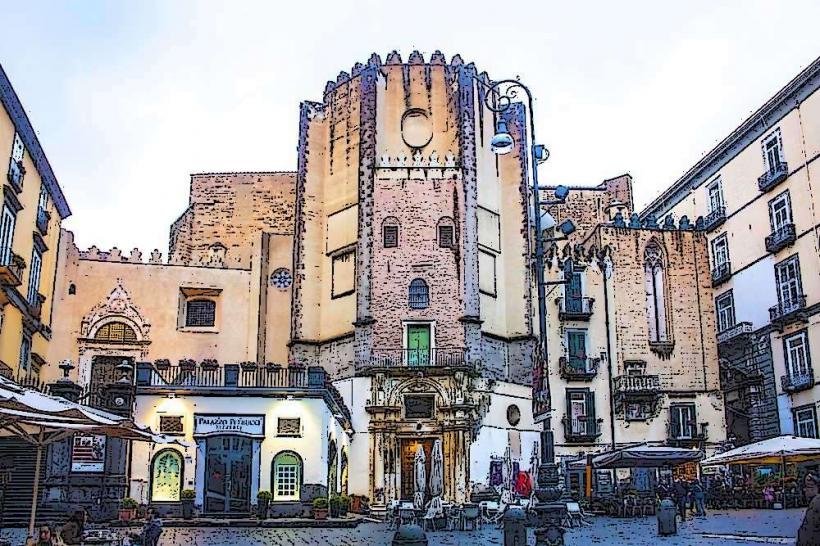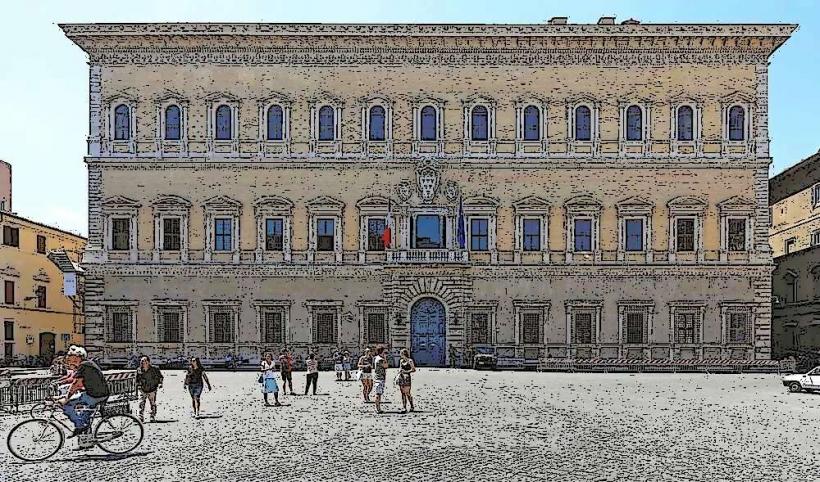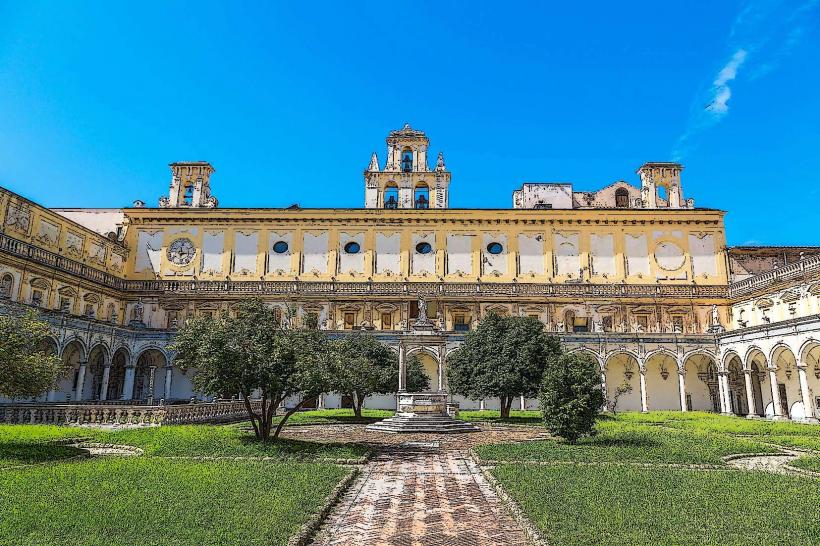Information
Landmark: Teatro di San CarloCity: Naples
Country: Italy
Continent: Europe
Teatro di San Carlo (Royal Theatre of Saint Charles) is one of the most famous and prestigious opera houses in the world. Located in Naples, Italy, it holds a special place in the history of opera and continues to be a cultural and architectural icon. Here is a detailed look at its history, architecture, and cultural significance:
1. History and Origins
- Foundation: Teatro di San Carlo was inaugurated in 1737, making it the oldest continuously active opera house in Europe. It was commissioned by King Charles of Bourbon, who was the ruler of the Kingdom of Naples at the time. The king wanted to establish a grand opera house as part of a broader plan to bring more culture and refinement to the city.
- First Performance: The opening performance was a ballet called "Achille in Sciro", composed by Niccolò Jommelli. Since then, the theater has hosted numerous world-premiere performances of significant works.
- Name: The theater is named after Saint Charles Borromeo, the patron saint of Naples, reflecting the influence of both the monarchy and the Church in its establishment.
2. Architectural Design
- Architect: The theater was designed by the architect Giuseppe Jommelli, with input from the engineer Antonio de Simone. The building is an excellent example of Neapolitan Baroque architecture, combining grandeur with functionality.
- Exterior: The façade of Teatro di San Carlo is characterized by classical elements such as columns, pilasters, and sculptural reliefs. The building is decorated with statues and figures from classical mythology, typical of Baroque design.
- Interior: The interior of the theater is equally magnificent, featuring an elliptical auditorium with a horseshoe-shaped seating arrangement. The space is adorned with gold leaf, marble columns, and frescoes that create a rich, opulent atmosphere.
- The ceiling fresco depicts the glory of Apollo, the god of music, and was painted by Giuseppe Cammarano in the 19th century.
- The stage is one of the largest in Europe, able to accommodate large-scale productions, while the orchestra pit is designed to provide perfect acoustics for the musicians.
3. Cultural Significance
- Opera Premieres: Teatro di San Carlo is historically significant for being the site of many world premieres. Notable composers like Giuseppe Verdi, Donizetti, Rossini, and Bellini had their works performed here. The theater played a vital role in the development of Italian opera and is regarded as a center for musical innovation.
- Performance History: The theater has hosted performances of some of the most important operas in history. Works by Verdi, such as "La Traviata" and "Nabucco", and Puccini’s "Madama Butterfly" have been staged here. It continues to be an essential venue for both classical and modern opera productions.
- Royal Patronage: Teatro di San Carlo has historically enjoyed the patronage of the Bourbon monarchy, which helped solidify its status as the premier theater in Naples. During this time, it was also known as the Royal Theatre.
4. Renovations and Restorations
- The 19th Century: The theater underwent significant renovations in the early 19th century. After a fire in 1816, the building was reconstructed, and the interior was redesigned by the architect Francesco Gallo, who updated its appearance to reflect the neoclassical trends of the time.
- 20th Century: The theater experienced more restoration work in the 20th century, including repairs after damage in World War II and further improvements to meet modern standards while preserving its historical elements.
- Modern Enhancements: Today, Teatro di San Carlo is equipped with modern facilities and technologies, ensuring it remains one of the leading opera houses in the world while preserving its historical charm.
5. Notable Features
- Acoustics: Teatro di San Carlo is renowned for its excellent acoustics, which make it one of the best places in the world to hear opera. The acoustics were carefully designed by the architects and engineers, using both natural and architectural elements to create an ideal sound environment.
- Size and Seating: The theater has a seating capacity of about 1,300 in its main auditorium. The horseshoe-shaped arrangement of the seats ensures that every audience member has a great view of the stage and experiences superior acoustics.
- Chandeliers and Decoration: The theater’s interior features lavish chandeliers, golden embellishments, and ornate statues that contribute to the opulence and grandeur of the venue.
6. Significance Today
- Opera and Ballet: Teatro di San Carlo continues to be a leading venue for opera, ballet, and concerts. It hosts a wide variety of performances, from classical masterpieces to contemporary works, and is home to the San Carlo Theatre Orchestra and San Carlo Ballet Company.
- Cultural Hub: The theater remains an essential cultural hub in Naples, attracting visitors from around the world to experience world-class performances in an exquisite historic setting.
- Tourism: Visitors to the theater can enjoy not only its performances but also its historical tours, which provide insight into the theater's rich past and its role in the development of Italian opera and culture.
7. Visiting Teatro di San Carlo
- Location: Teatro di San Carlo is located in Piazza del Plebiscito, Naples, making it easily accessible to tourists visiting the city's historic center.
- Access: Tickets for performances can be purchased online or at the box office. Visitors can also take guided tours of the theater to learn about its architecture, history, and cultural significance.
- Nearby Attractions: The theater is in close proximity to several other important landmarks in Naples, including the Royal Palace of Naples, Piazza del Plebiscito, and Galleria Umberto I.
8. Conclusion
Teatro di San Carlo is not just a world-class opera house; it is an iconic symbol of Naples’ cultural history and architectural heritage. Its grand design, historical significance, and ongoing role in the world of music and theater make it a must-visit destination for anyone interested in opera, history, or Italian culture. Whether you’re attending a performance or simply admiring its beauty, Teatro di San Carlo offers an unforgettable experience that connects the past with the present in one of the most stunning venues in the world.



